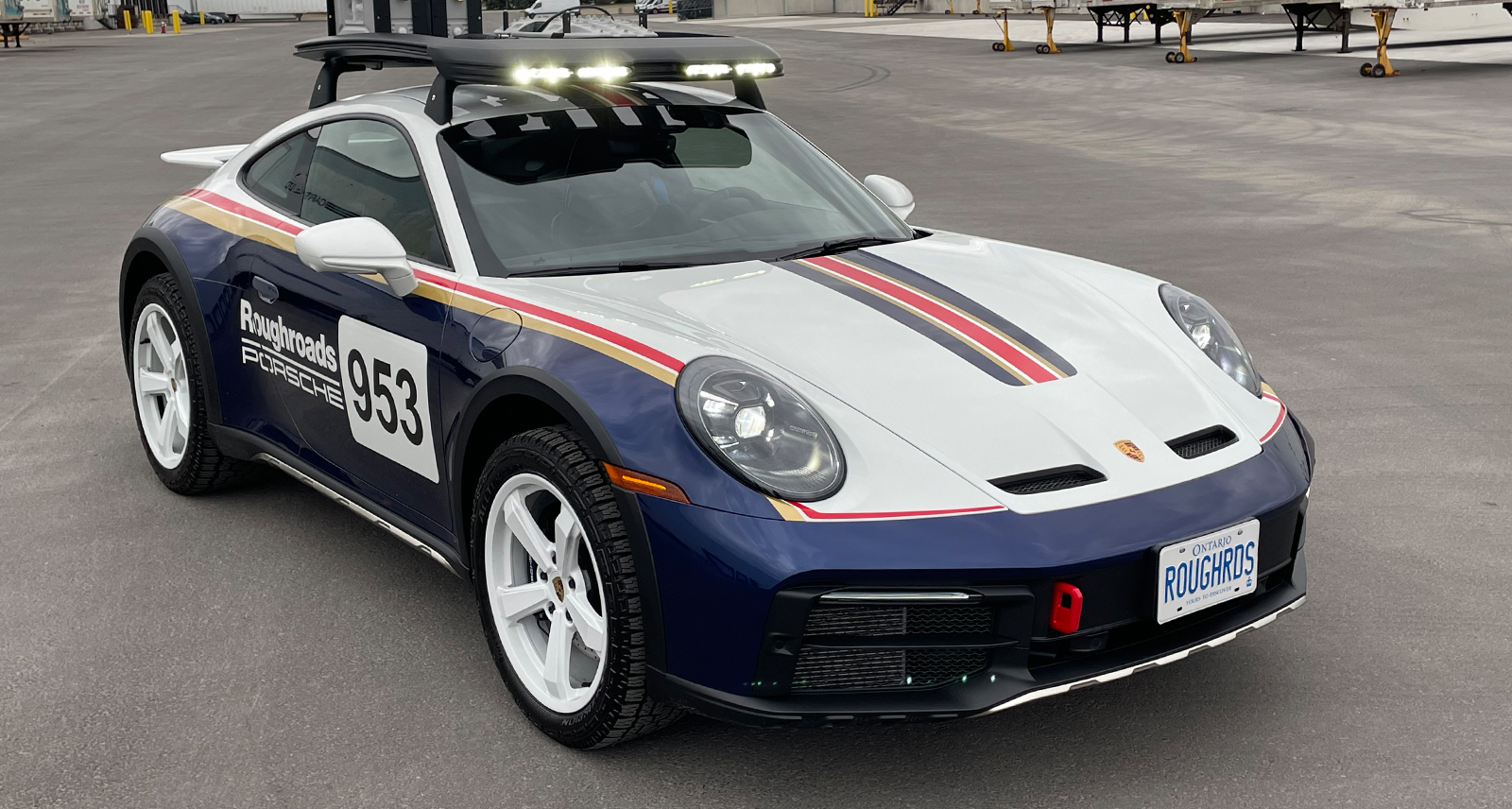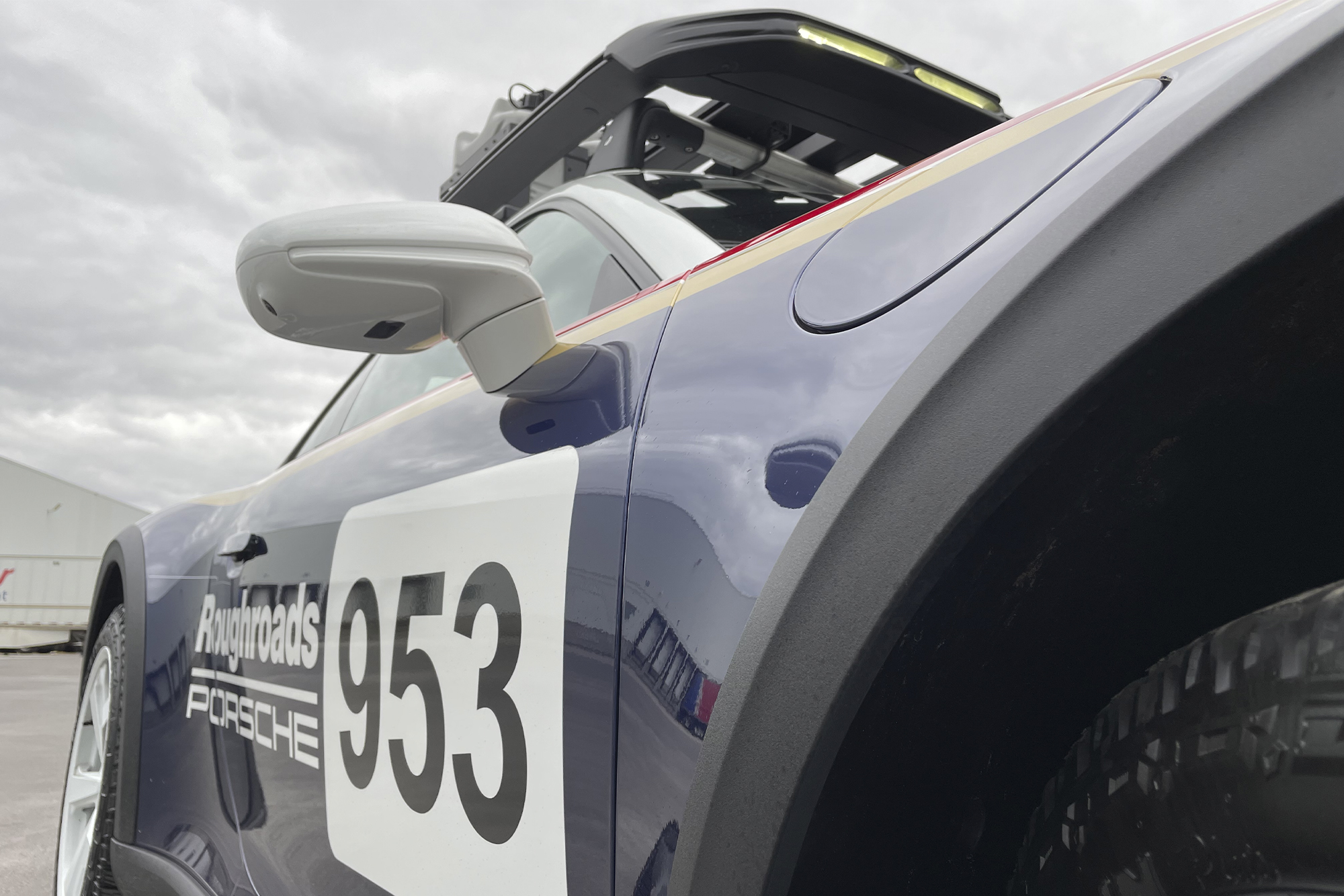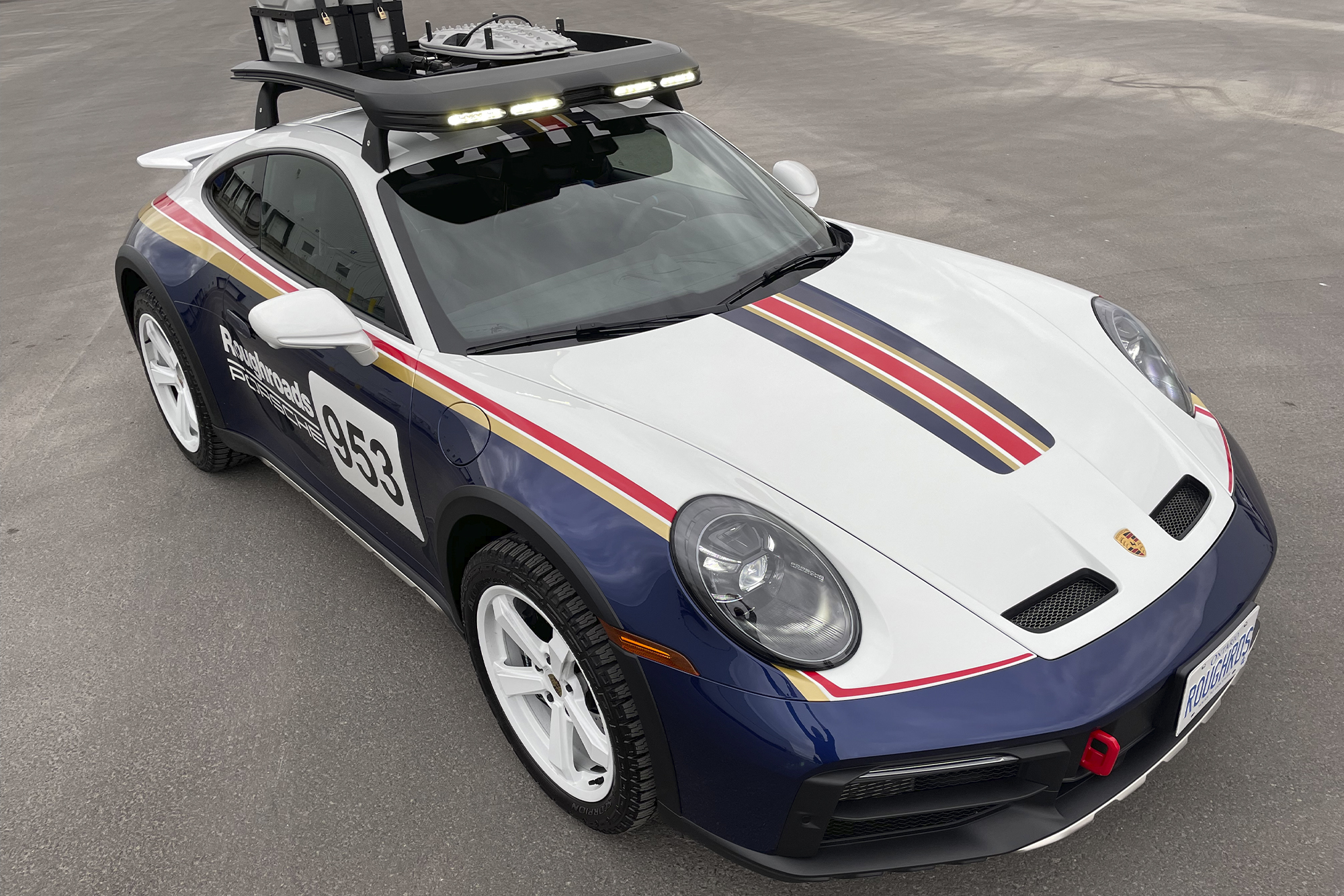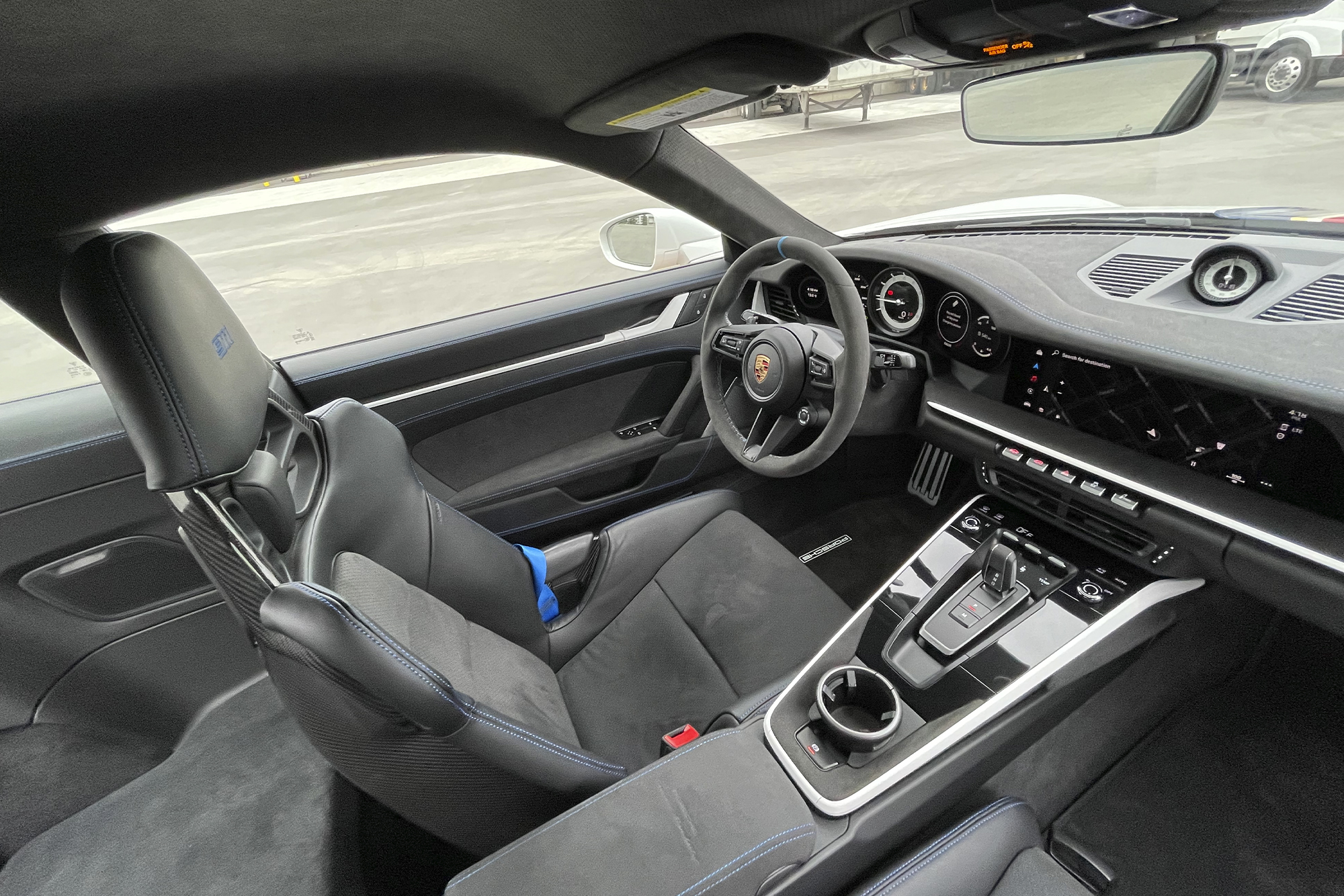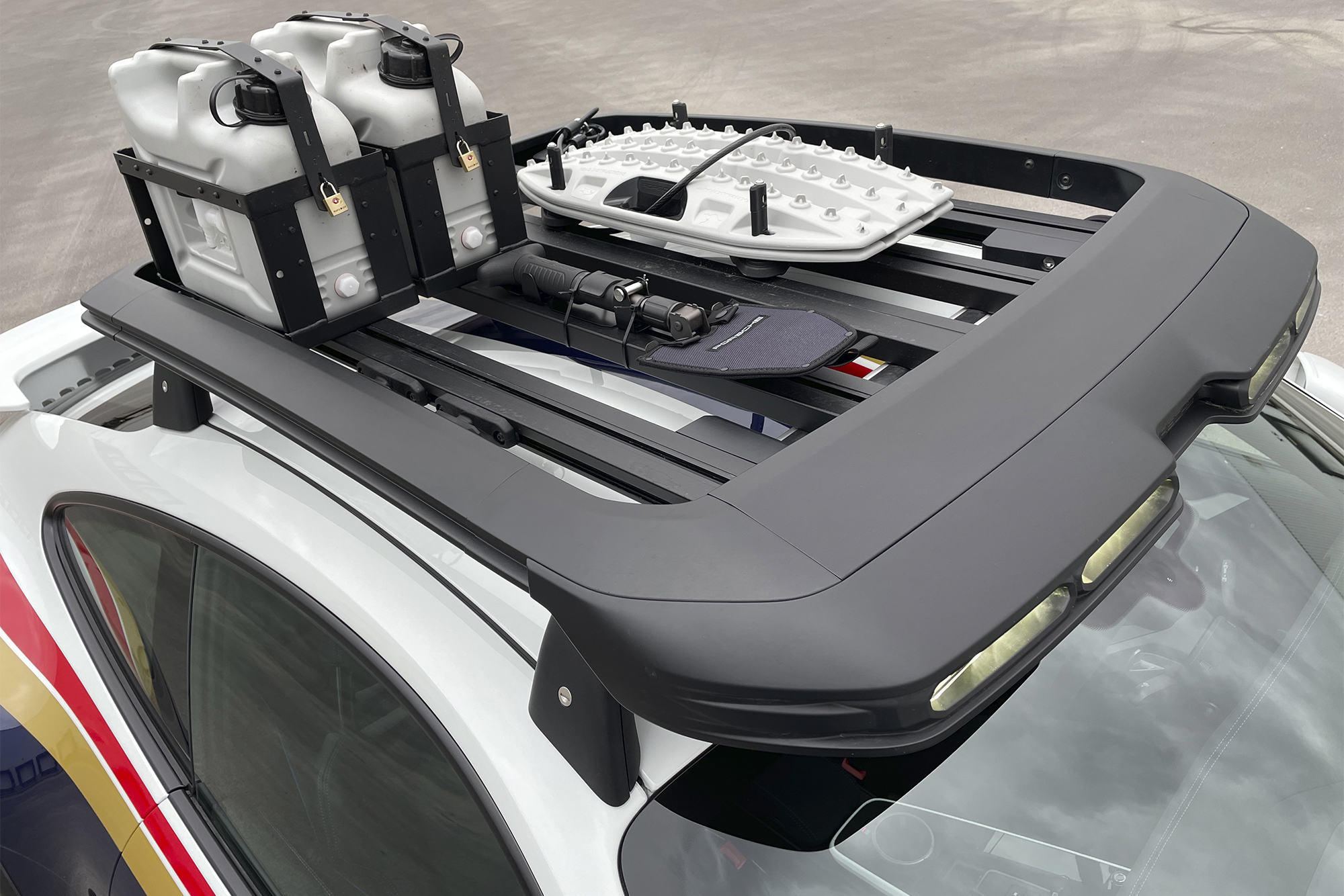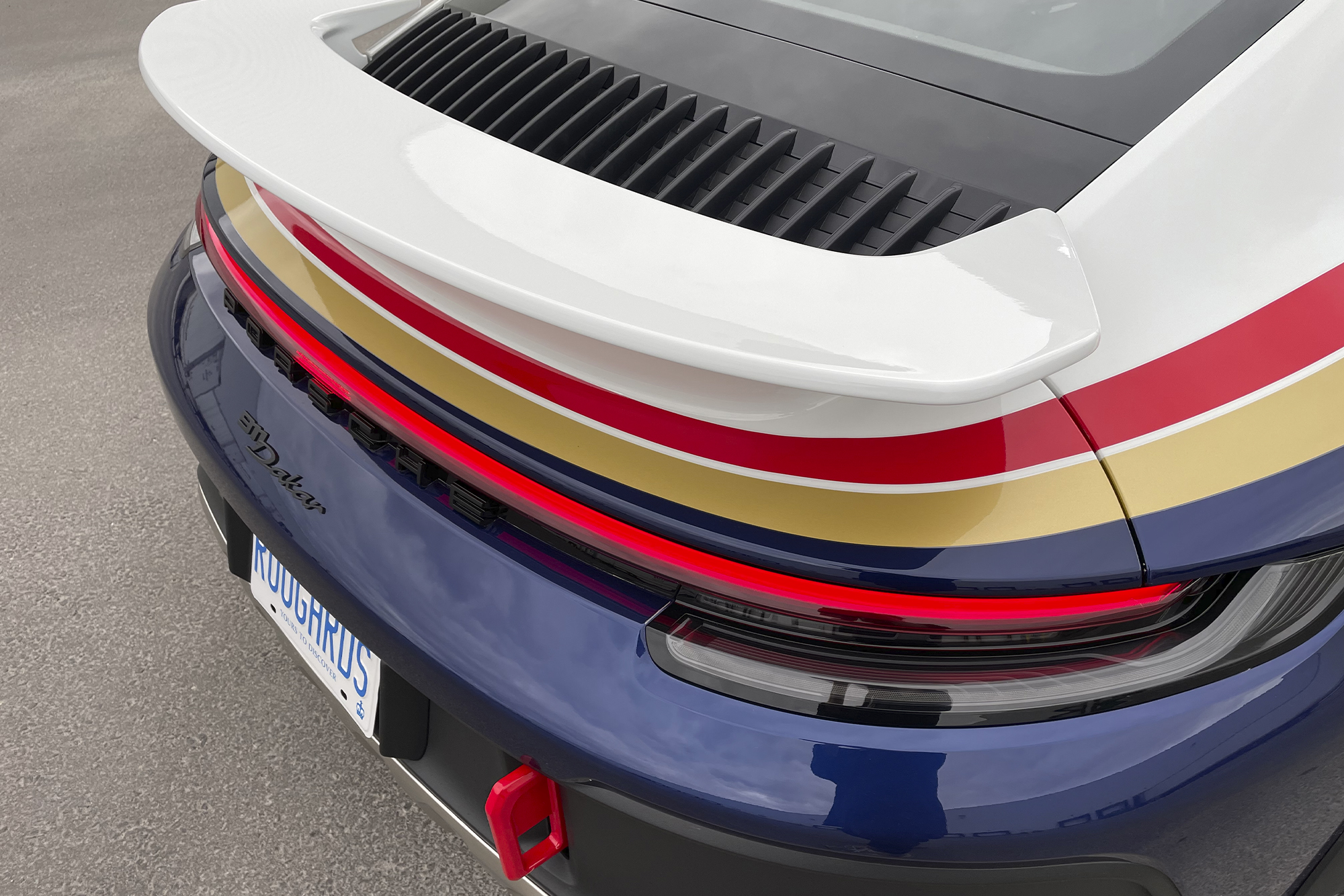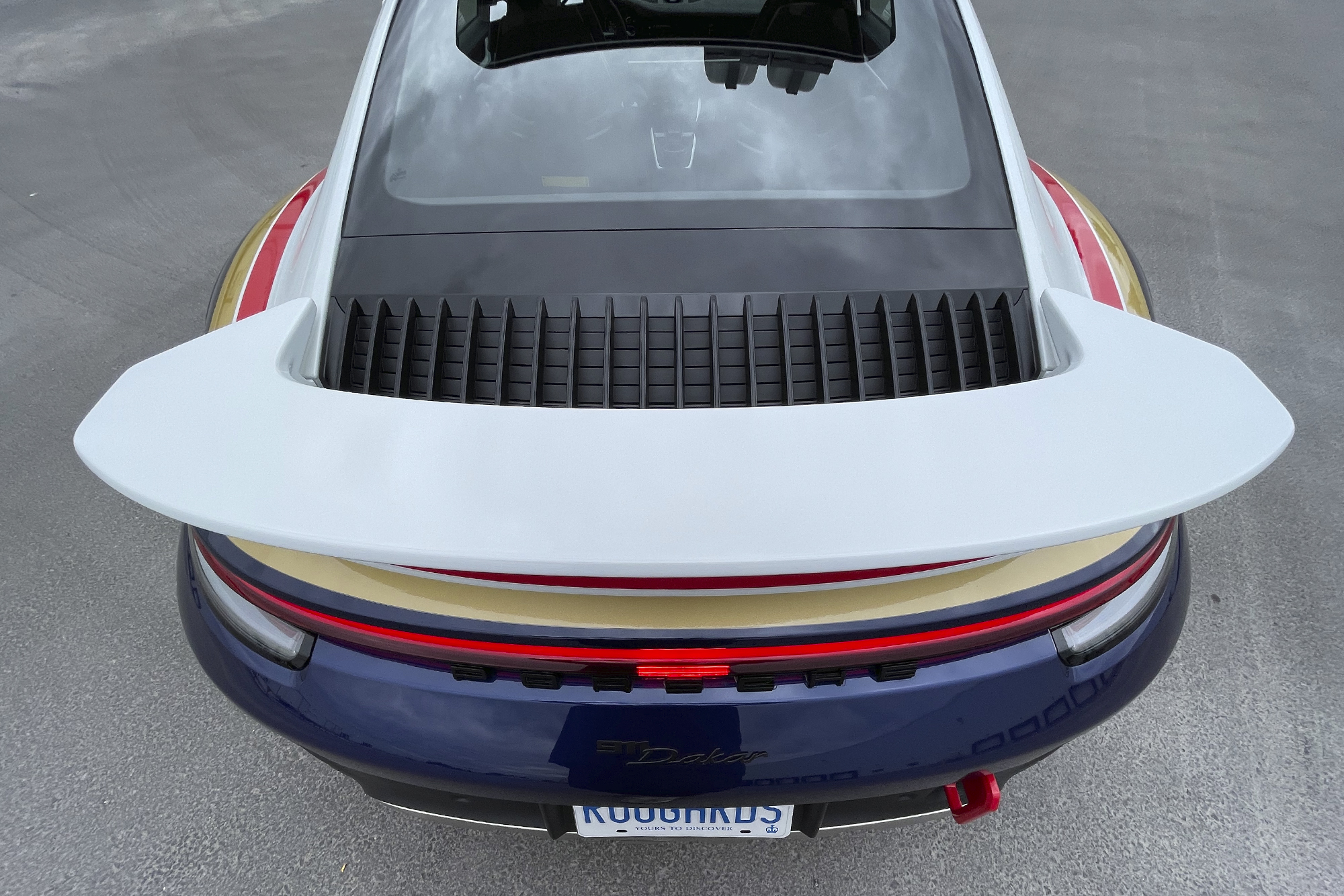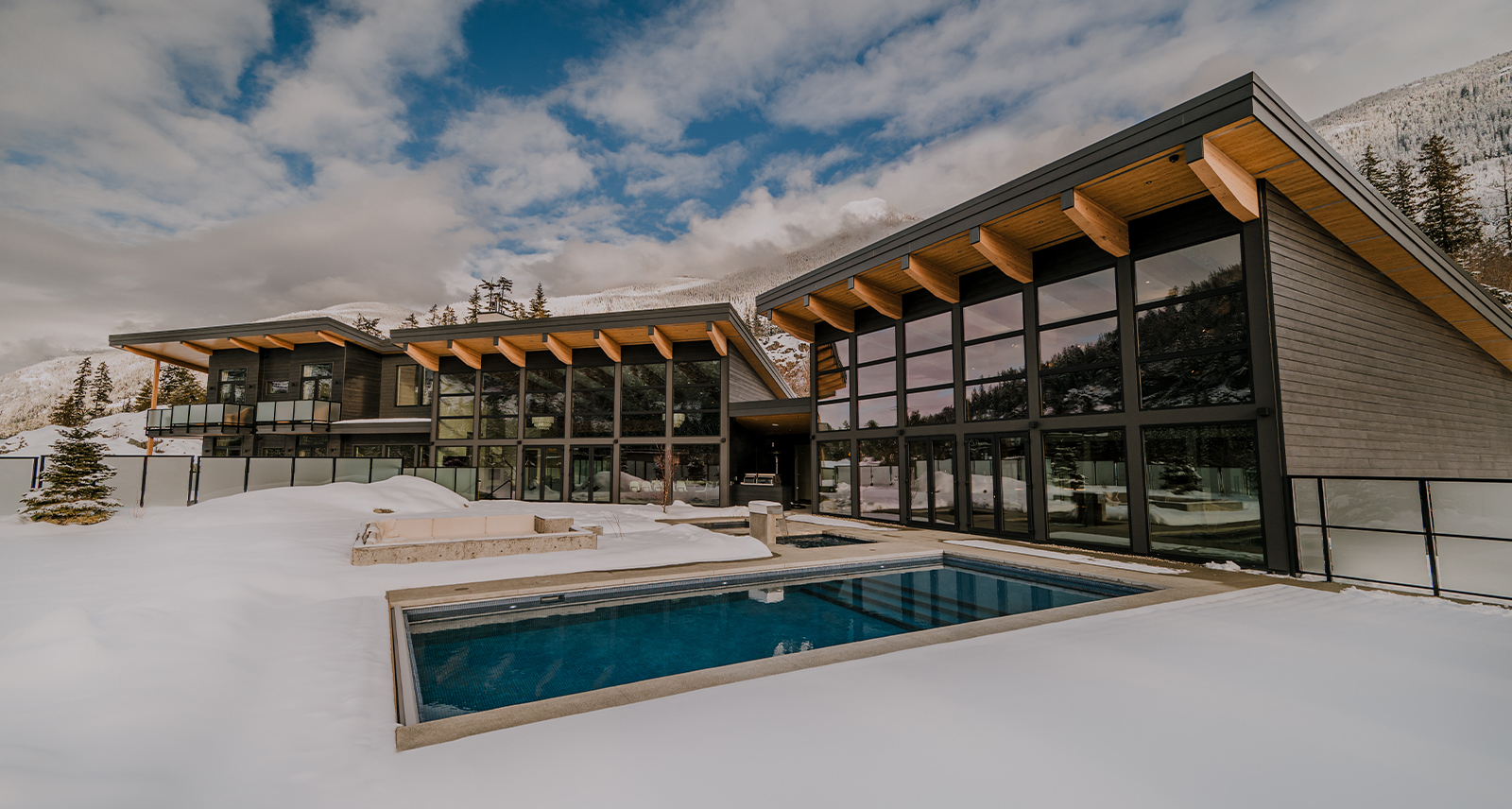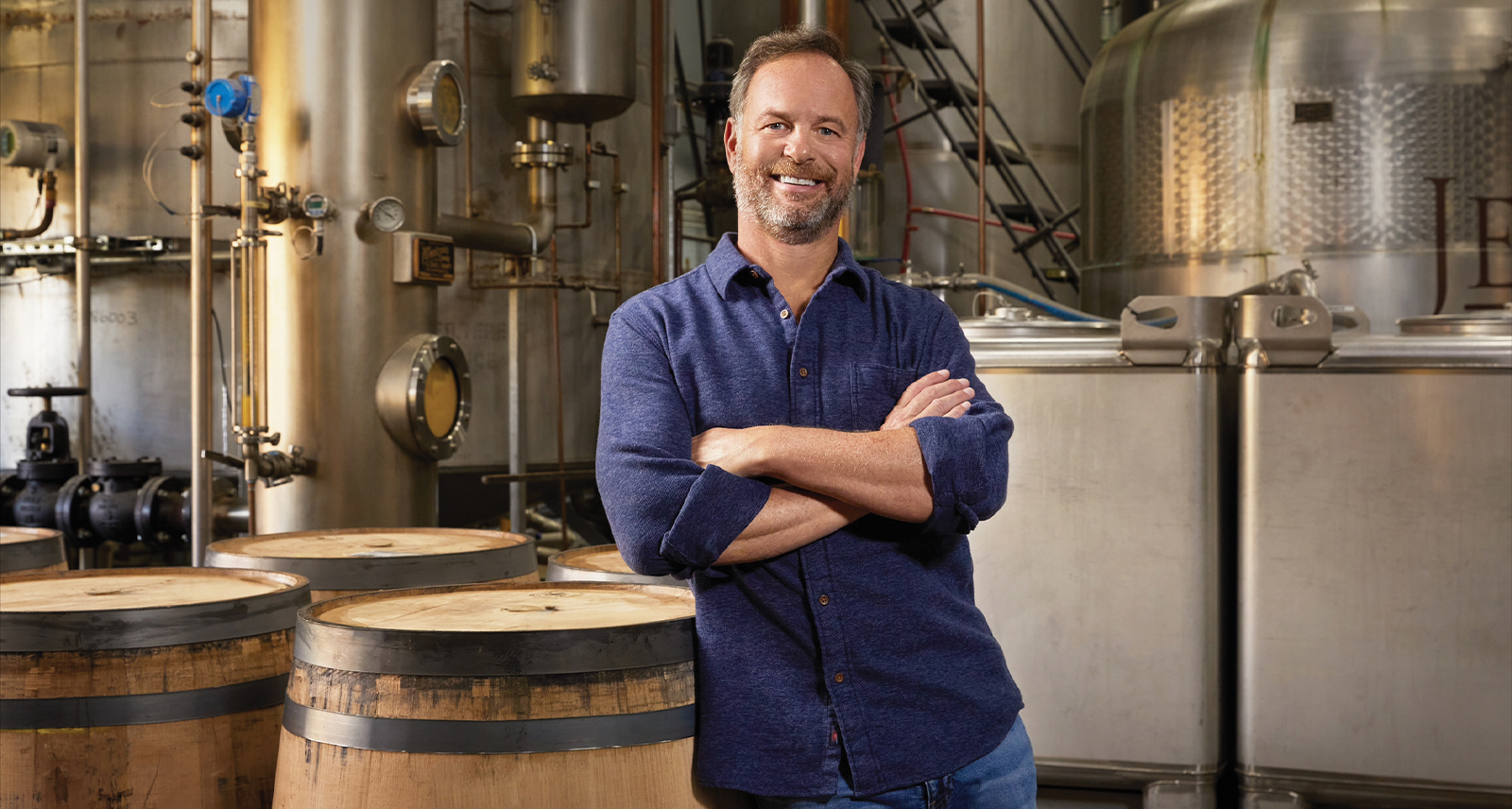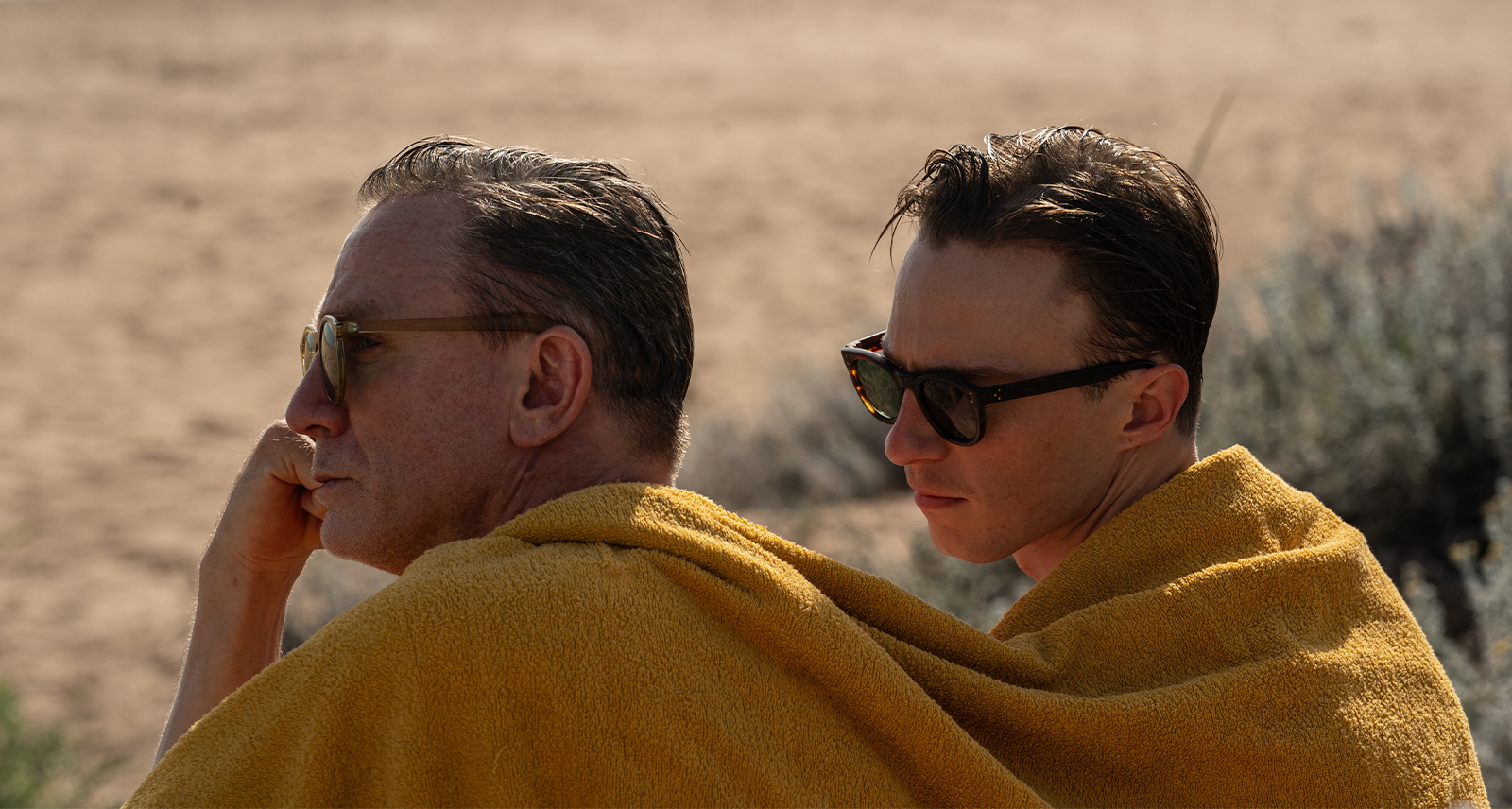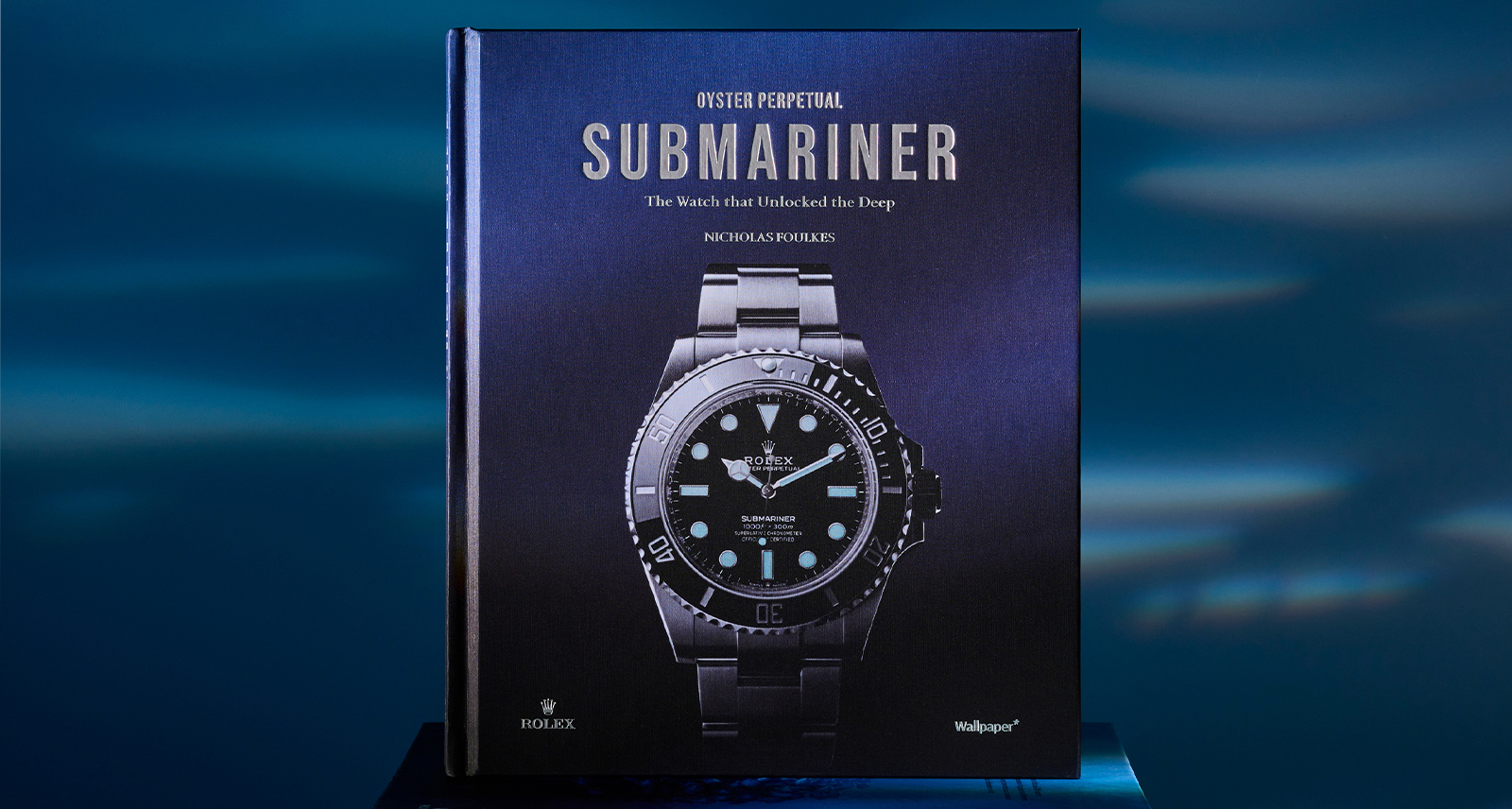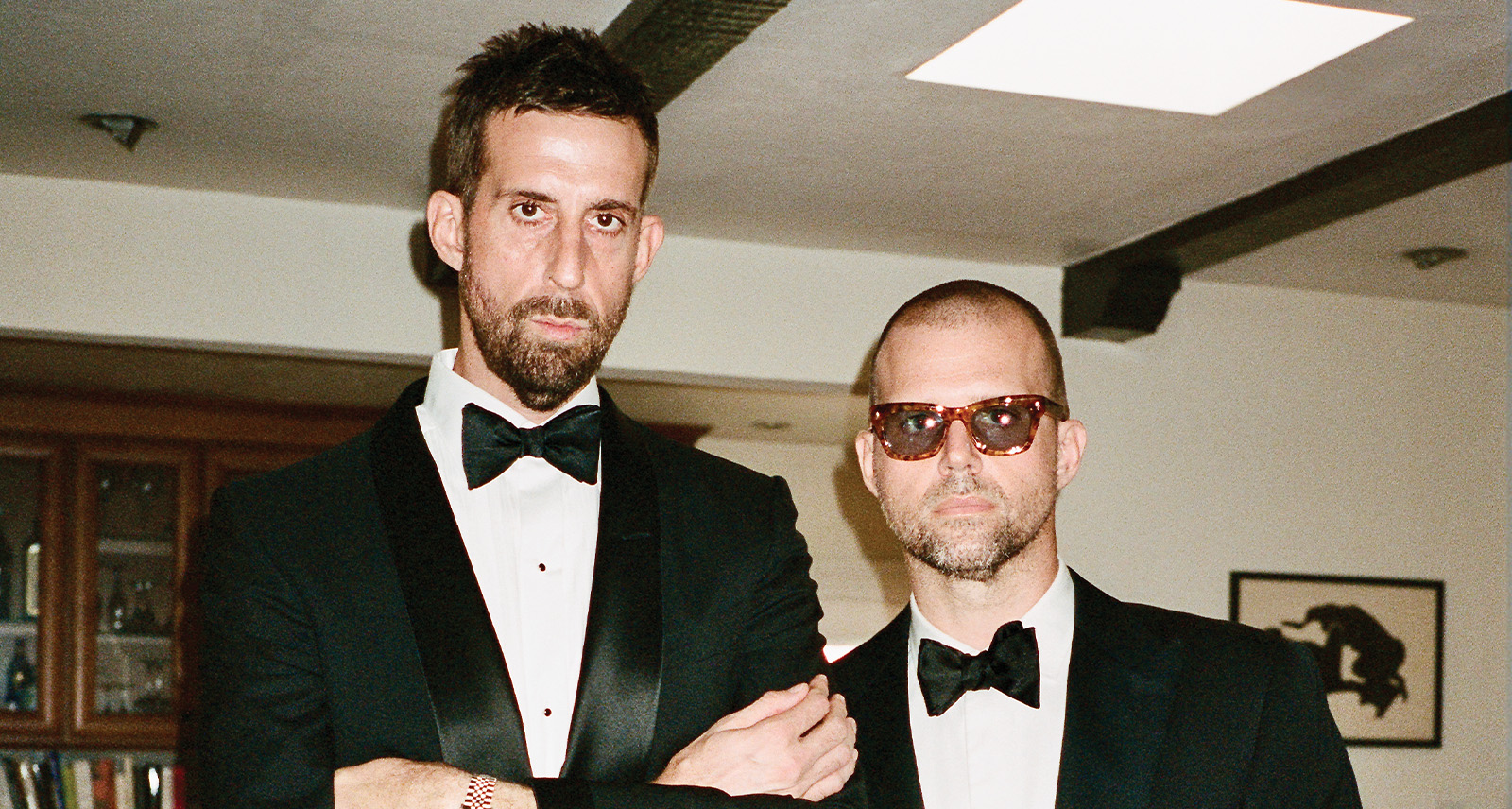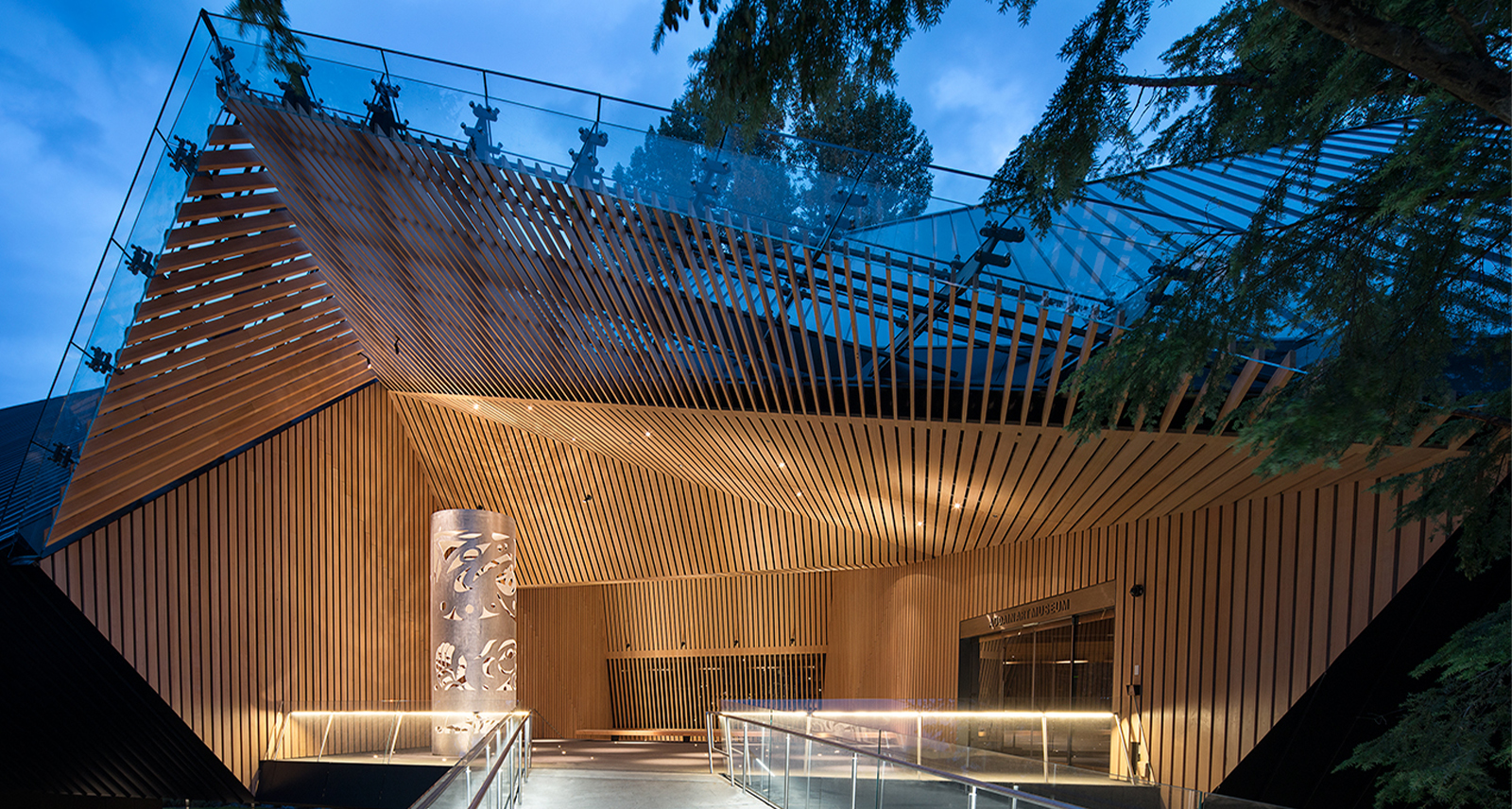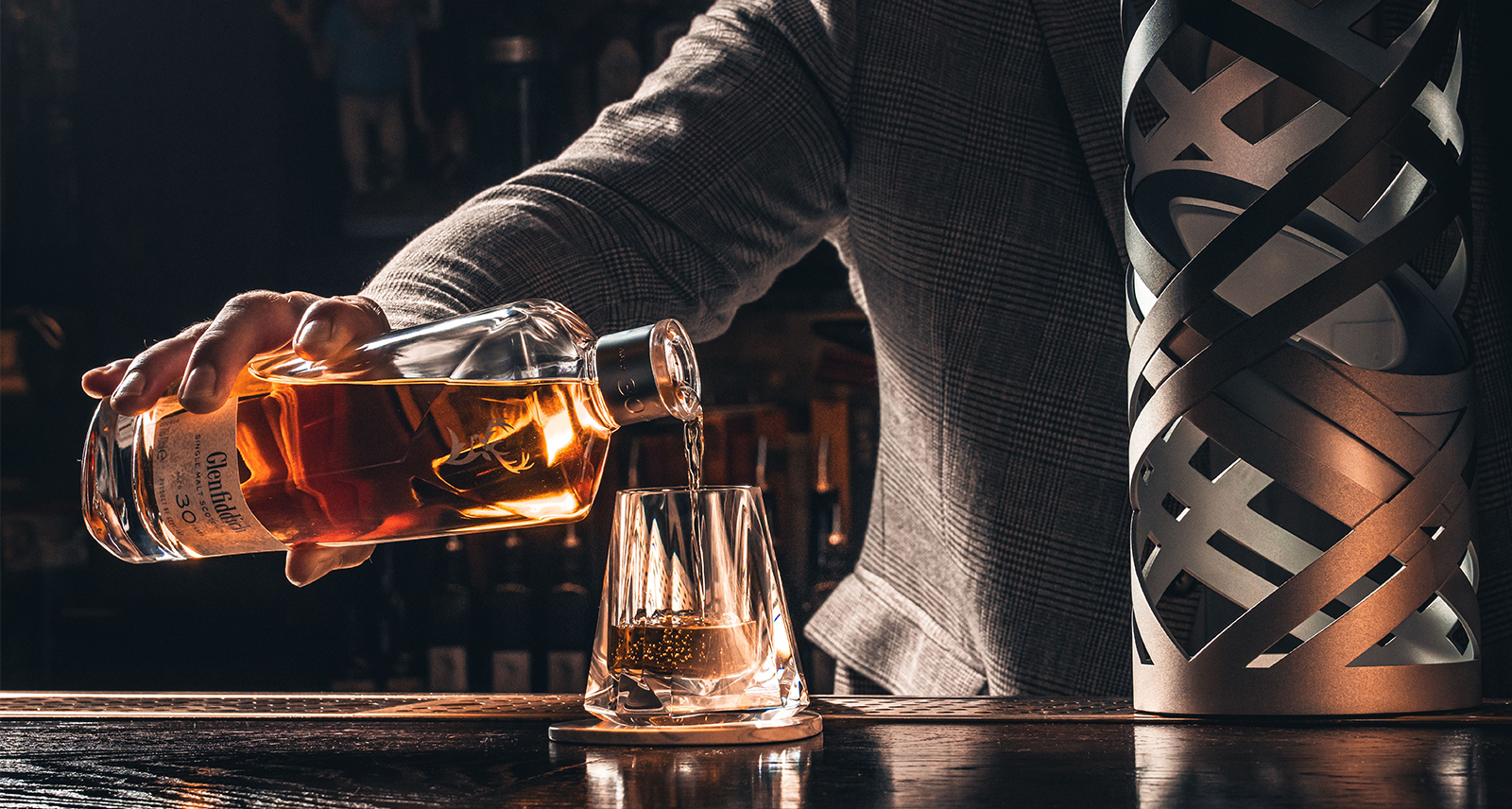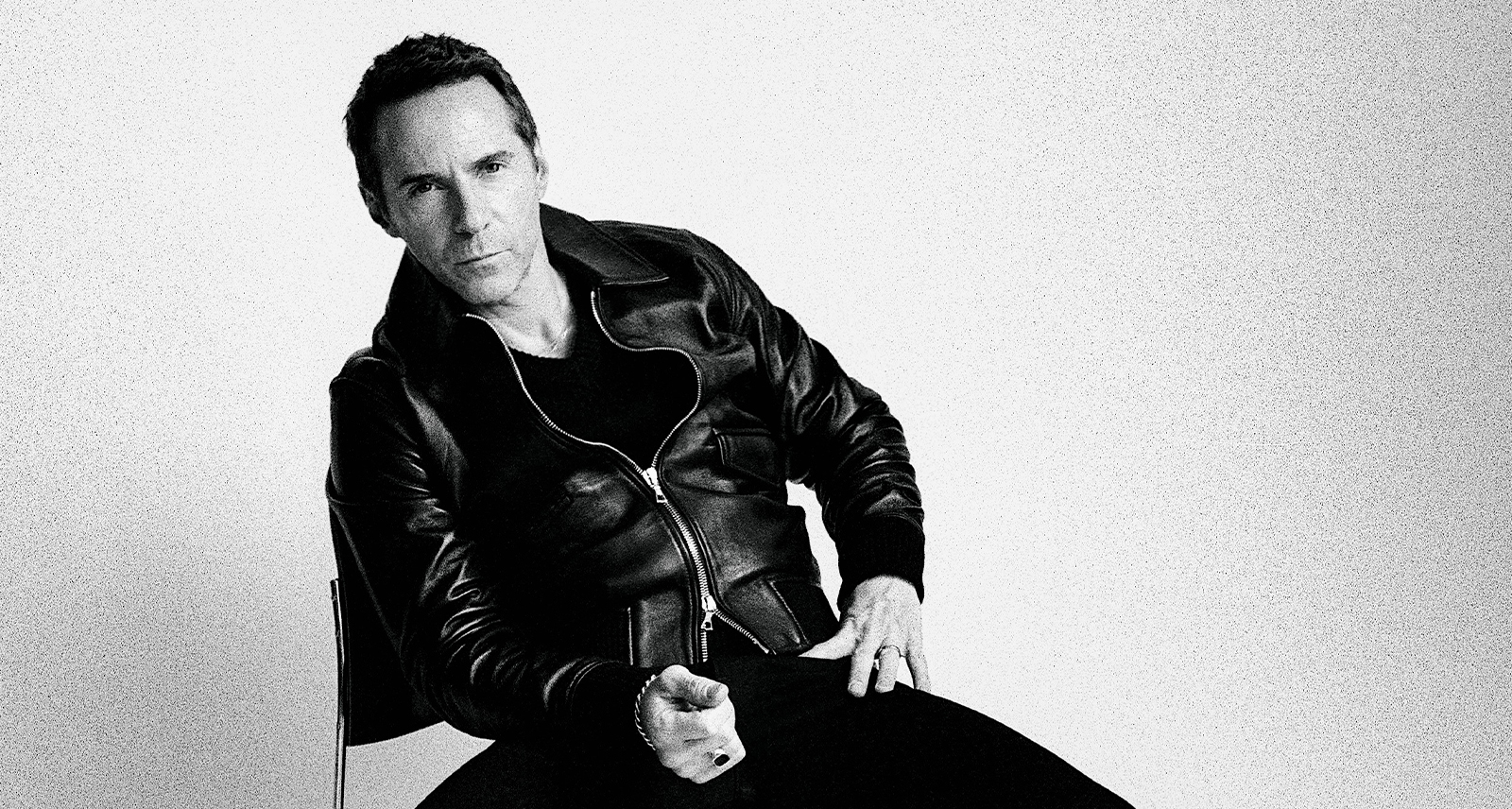SHARP Drives: The Porsche 911 Dakar Is the One We’ve Always Wanted
The Porsche 911 Dakar is the hottest thing Porsche has produced in years, and we’ve got the keys. And yet, driving around Toronto in this particular Porsche 911 Dakar with its roof-mounted jerry cans and Rothmans cigarette-inspired livery, one can’t help but feel – how to put this? – a bit silly. It’s cosplay; we’re dressed up as our favourite Paris-Dakar Rally winning heroes, the heroes that inspired this new special edition from Porsche. But, instead of flinging this car over sand dunes in the Sahara desert, we’re flinging it over potholes and speed bumps in Toronto. More shocking, however, is that despite how comically out-of-place the Dakar looks on city streets, it feels right at home.
The city’s broken pavement somehow seems less ragged in the Dakar. In fact — wait a minute — the roads actually feel… good? So good, we’re soon upping the speed. There’s no need to slow to a crawl and tiptoe over speed bumps; the Dakar simply eats them up. The machine easily drives over potholes that would result in a loud, wince-inducing bang! in other models. It takes time to unlearn the old habit of bracing for impact. Pavement ridges that would, in any other sports car, whip a driver’s head back and forth like they’re in the mosh-pit at a Metallica show, result in only a slight head nod in the Dakar.
After only an hour or so of driving, it’s clear. Porsche has really done it. Eureka! They’re finally built the 911 we’ve always wanted; despite its dune-crashing off-road looks, the 911 Dakar is the perfect 911 for the city — and for daily commutes, country roads and cottage weekends. There’s no need to baby the 911 Dakar as you would with any other $300,000 sports car.
Why Is the 911 Dakar So Good in the City?
How, exactly, Porsche has managed to make the 911 Dakar so comfortable on bad roads, even at low-speeds, is worthy of investigation. Modern 911s are absolute weapons on a track, but the ride can be a little stiff for daily duties. It’s not the 911’s fault — compared to Germany’s roads, Canada’s are pretty rough, especially downtown. The Autobahn and the Nordschleife make our streets look as if they were laid by unpaid interns after a big night out.
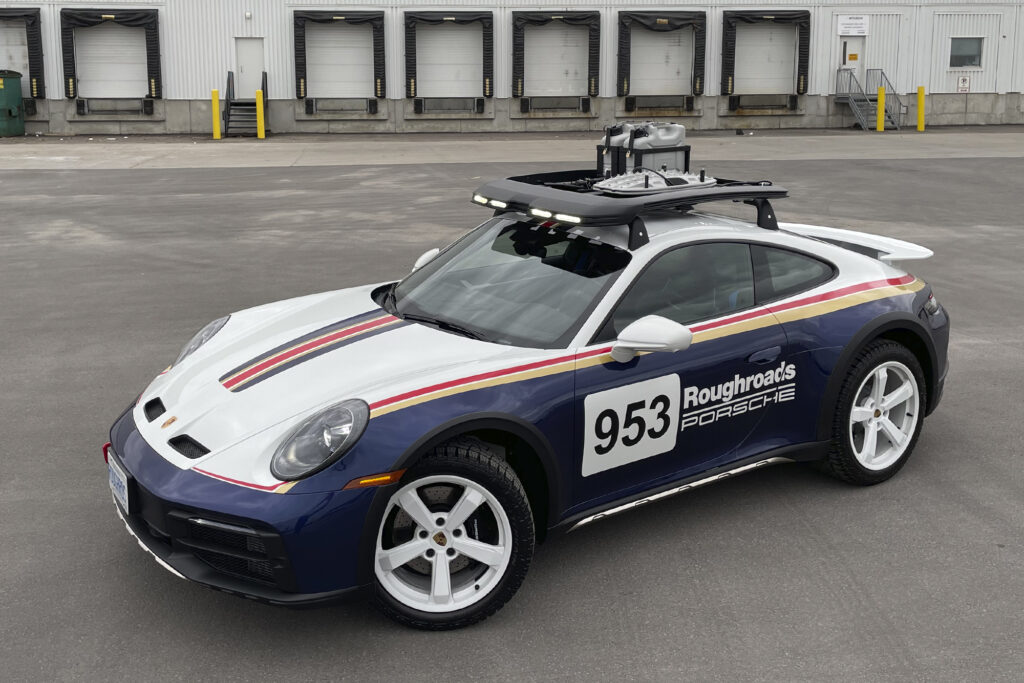
Under the retro Rothmans livery — sanitized as “Roughroads,” because this isn’t the 1980s and Porsche can’t be seen advertising cigarettes anymore — the Dakar shares most of its mechanicals with the Carrera 4 GTS.
But, the Dakar is 40 millimetres taller than a standard 911, and it sits on much longer, softer springs. You’ll feel the added squish when taking off in a hurry; the turbocharged flat-six delivers 473 horsepower, and the full 420 lb-ft of torque hits from just 2,300 rpm, so the car squats back on its rear wheels with its nose pointing skyward as it accelerates. You’ll also feel the softer suspension in corners, where there’s significantly more body-roll. The steering is less sharp and immediate than in, say, a GTS, but there’s still oodles of feel and feedback, especially once the suspension has settled.

The off-road tires fitted to our test-car also made the Dakar more fun for puttering around the city. They offer less grip, but that’s a good thing: you don’t need to be going ten-tenths to feel the tires slip and slide. The fat, all-terrain Pirellis squirm across the pavement without much provocation, which helps makes the Dakar feel more exciting, more of the time, than any other 911. More suspension, less grip: it’s really a simple formula, but it works wonders.
So Far So Great, but What’s the Catch?
The 911 Dakar is a limited edition of 2,500, all of which sold out despite the car’s $247,200 price tag. Our test car, loaded with options including the $32,000 Rallye Design package and Burmester stereo, came out to just under $300,000.
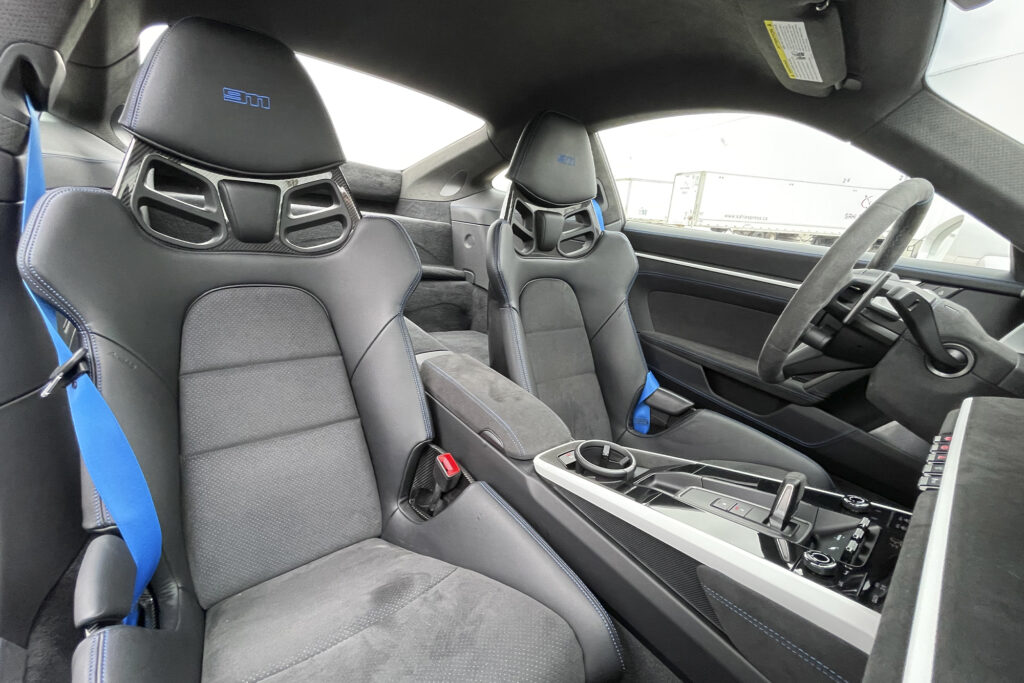
So, two caveats actually: Porsche didn’t make enough of them, and the price seems a little rich given that this is a (heavily) modified Carrera 4. Given the laws of supply and demand, however, the reality is that Porsche could’ve easily charged more, to be fair.
If we had our way, this jacked-up 911 would become a regular model in the 911 lineup, alongside the GT3 and the Turbo and all the rest of them. The Dakar is simply too good to relegate to limited-edition status.
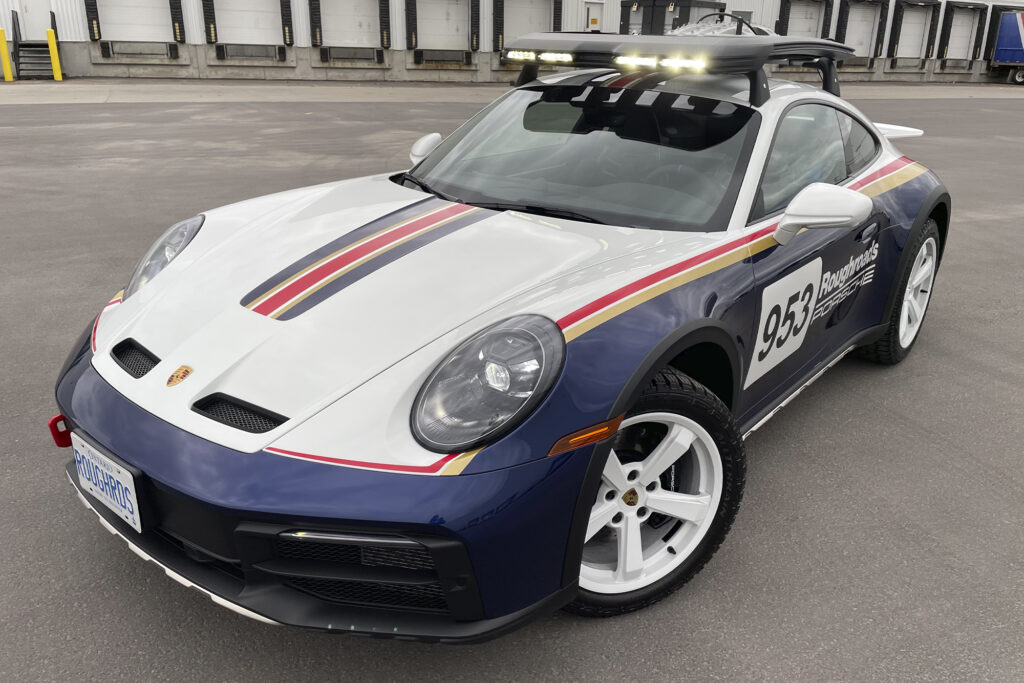
In 2022, Porsche boss Oliver Blume told the U.K.’s CAR Magazine, “We will see how the market success of the Dakar pans out. And then maybe there will be more to come. The door is now open…”
His words should provide some comfort to any Porsche fan who missed out on the Dakar, or who wishes their 911 was just a little more comfortable. With the Dakar, Porsche finally built the 911 of our dreams. Now, let’s hope they do it again.
